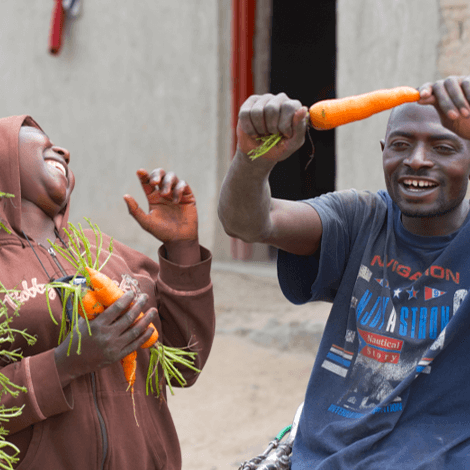
Our Projects are
Transforming African Trade
Quick Contacts
2nd Floor, Fidelity Insurance Centre Waiyaki Way, Westlands

The SADC Industrialisation Strategy and Roadmap foresees an increase in manufactured exports to at least 50 percent of total exports in the Southern African Development Community (SADC) by 2030.
This is an increase from the present manufactured export output of less than 20 percent.
The Industrialisation Strategy and Roadmap (2015-2063) also seeks to build market share in the global market for the export of intermediate products to East Asian levels of around 60 percent of total manufactured exports.
The strategy and roadmap, adopted by SADC leaders in 2015, is anchored on industrialisation, competitiveness and regional integration, and seeks to ensure the region fully benefits from its vast natural resources.
The strategy was developed as an inclusive long-term modernisation and economic transformation scheme that enables substantive and sustained raising of living standards across the region.
The Industrialisation Strategy and Roadmap foresees lifting of the regional real GDP growth rate from four percent annually (since 2000) to a minimum of seven percent a year. It also seeks to double the share of manufacturing value added (MVA) in GDP to 30 percent by 2030 and to 40 percent by 2050. This also includes the share of industry-related services, and to increase the share of medium-and-high-technology production in total MVA from less than 15 percent at present to 30 percent by 2030 and 50 percent by 2050.
With the aim of improving the policy environment for industrial development and support implementation of the Industrialisation Strategy and Roadmap, the SADC Protocol on Industry was approved by the 39th SADC Summit in Dar es Salaam, Tanzania in August 2019. The Protocol will enter into force following ratification by two-thirds of SADC Member States. As at March 2020, only Seychelles had ratified the Protocol.
Once ratified, the SADC Protocol on Industry will become a stand-alone and binding legal instrument that will entrench and give legal effect to the Industrialisation Strategy and Roadmap and its related Costed Action Plan and will ensure adequate coordination, monitoring and evaluation of implementation.
The protocol is expected to strengthen the economies of countries in SADC and ensure that they are driven by industrial development and not based on exports of raw resources. This will help in strengthening the level of industrial development in the region.
Furthermore, in order to ensure an integrated strategy for SMEs development in the region, the SADC Secretariat developed a Regional Framework for Supplier Development with the special focus on building capacities and capabilities of SMEs to participate in the implementation of the industrialisation strategy and regional value chains.
Meanwhile, 13 SADC member states are participating in the free trade area; leaving only Angola, Comoros and the DRC to come aboard and efforts are being made to consolidate the FTA by bringing the three into the pact.
The SADC FTA was launched on January 1, 2008 following implementation of agreed tariff phase-down commitments between 2000 and 2007. From 2008, producers and consumers no longer paid import duty on an estimated 85 percent of all trade on goods between participating member states, which are Botswana, eSwatini, Lesotho, Madagascar, Malawi, Mauritius, Mozambique, Namibia, Seychelles, South Africa, Tanzania, Zambia and Zimbabwe.
To enhance efforts towards market integration, notable progress has been achieved by ensuring Online Mechanism for Reporting, Monitoring and Eliminating Non-Tariff Barriers to Trade in the Common Market for Eastern and Southern Africa (COMESA), East African Community (EAC) and SADC are operational and managed by EAC for the Tripartite member states. The tripartite arrangement is a pact SADC entered into with the two Regional Economic Communities (RECs), COMESA and EAC, under which the three RECs agreed to cooperate in the implementation of their respective economic integration agendas.
All three RECs have already attained FTA status and agreed to cooperate as they move towards becoming customs unions.
To date, seven member states have ratified the Protocol on Trade in Services. The first round of negotiations was completed in six priority sectors identified in the protocol, which are communication, finance, tourism and transport services, construction and energy-related services.
Read original article
Disclaimer: The views and opinions expressed in this article are those of the authors and do not necessarily reflect the official policy or position of TradeMark Africa.